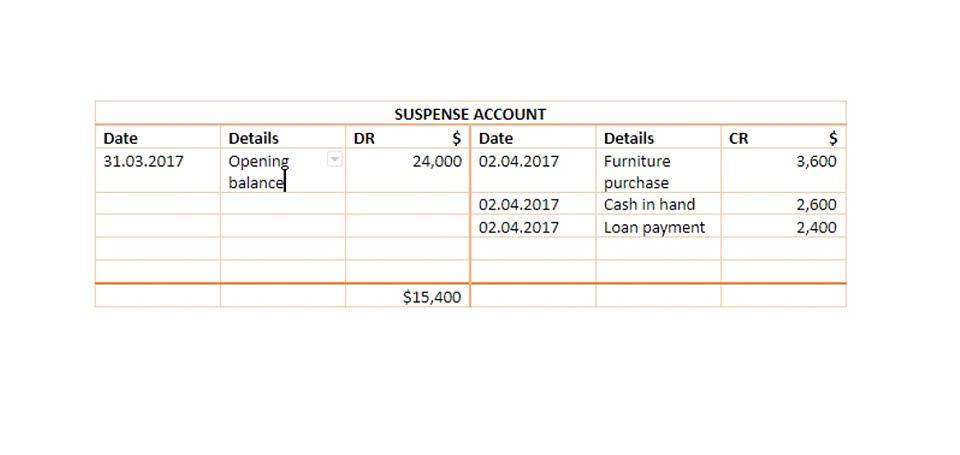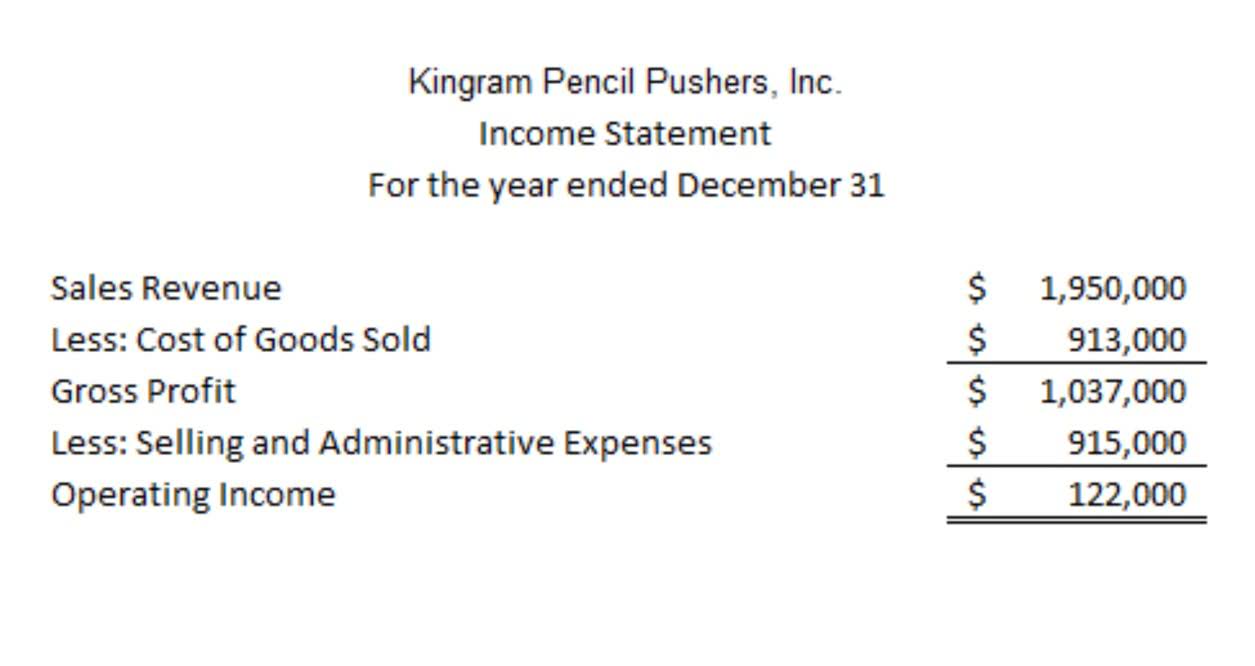
A company may not always have a lot of cash on hand, but it better make sure it has sufficient amounts of liquid assets that can quickly be converted into cash if needed should an immediate need for money arise. As such, the long-term assets portion of the balance sheet includes non-liquid assets. In the example above, the rare book collector’s assets are relatively illiquid and would probably not be worth their full value of $1,000 in a pinch. In investment terms, assessing accounting liquidity means comparing liquid assets to current liabilities, or financial obligations that come due within one year.

Market Liquidity
- A sample presentation of current assets is highlighted in the following balance sheet exhibit.
- You may, for instance, own a very rare and valuable family heirloom appraised at $150,000.
- It gives insight into how well a company can meet its short-term liabilities and continue operations without interruptions.
- This ordering helps businesses, investors, and analysts assess an organization’s financial flexibility and short-term stability.
- Overall, the importance of liquidity extends beyond its immediate impact on trading activities and investment decisions.
- Financial statements follow a structured format to ensure clarity and consistency.
Cash and liquidity are often used interchangeably, even though they refer to different things. Their close connection in financial reporting and analysis contributes to the confusion, even by some experienced professionals. Asset to be placed first is the one having the highest permanence, while the asset that has the least permanence is the one to be placed last.
- The order of liquidity is determined by listing the assets in a specific order.
- By organizing assets, liabilities, and equity systematically, the balance sheet provides a clear snapshot of a company’s financial position, supporting decision-making and fostering stakeholder confidence.
- Accounts within this segment are listed from top to bottom in order of their liquidity.
- For a deeper understanding of this liquidity ratio, its uses and limitations, read our article ‘What Is The Current Ratio And How Do You Calculate It?
- For example, if a person wants a $1,000 refrigerator, cash is the asset that can most easily be used to obtain it.
Order of liquidity – Financial definition
It must be in an established, liquid market with a large number of readily available buyers. Such high quality liquid assets typically have a market that is also liquid and has a lot of demand. They have very low level of risk and an ideal metric to evaluate the liquidity and solvency position of the entity and individual. Liquid Assets are those categories of assets that can be changed into cash within a very short period of time.
Why Are Liquid Assets Essential For The Business?
Upgrading to a paid membership gives you access to our extensive collection of plug-and-play Templates designed to power petty cash your performance—as well as CFI’s full course catalog and accredited Certification Programs. For the past 52 years, Harold Averkamp (CPA, MBA) hasworked as an accounting supervisor, manager, consultant, university instructor, and innovator in teaching accounting online. For the past 52 years, Harold Averkamp (CPA, MBA) has worked as an accounting supervisor, manager, consultant, university instructor, and innovator in teaching accounting online.
- Finally, intangible assets are at the bottom of the list because they are the least liquid and can take longer to convert to cash.
- Investors and financial institutions rely on liquidity to meet their short-term obligations, manage risk, and capitalize on investment opportunities.
- First and foremost, liquidity plays a pivotal role in facilitating the smooth operation of financial markets.
- Assets represent things of value that a company owns and has in its possession, or something that will be received and can be measured objectively.
- Based on these factors, we can conclude that Asset A is more liquid than Asset B.
- Thomas’ experience gives him expertise in a variety of areas including investments, retirement, insurance, and financial planning.
The market price of the asset should also not be significantly changed, resulting in less Catch Up Bookkeeping liquidity or greater illiquidity for subsequent market participants. There are several key ratios analysts use to analyze liquidity, often called solvency ratios. With the current ratio, current assets are used to assess a company’s ability to cover its current liabilities with all of its current assets and to survive unplanned and special circumstances, like a pandemic. Another difference is that inventory is usually excluded from liquid assets, especially if there is a situation where the goods in stock cannot be sold quickly and easily or have to be sold at a discount.

Accounting liquidity – which is the focus of this article – measures how quickly order of liquidity assets a company can pay off its short-term financial obligations using its liquid assets. Assets are listed in the balance sheet in order of their liquidity, with cash being at the top as it’s already liquid. Cash and cash equivalents are considered the most liquid assets, followed by marketable securities like stocks and bonds. Noncurrent assets represent long-term investments, including property, equipment, and intangible assets. A company with a high proportion of current assets relative to current liabilities is generally in a more stable short-term financial position. The working capital ratio (current assets minus current liabilities) helps gauge operational efficiency and liquidity risk.

Optimizing Accounting Reserve Account Management Strategies

When the spread between the bid and ask prices tightens, the market is more liquid; when it grows, the market instead becomes more illiquid. The liquidity of markets for other assets, such as derivatives, contracts, currencies, or commodities, often depends on their size and how many open exchanges exist for them to be traded on. Under IFRS, an entity is not required to have separate classifications as long as a liquidity-based presentation provides reliable and more relevant information than a classified balance sheet does.
